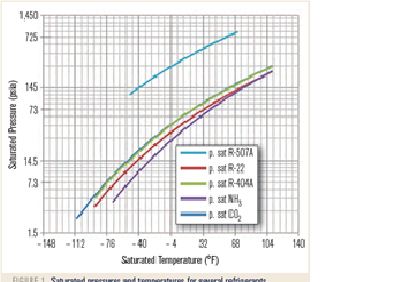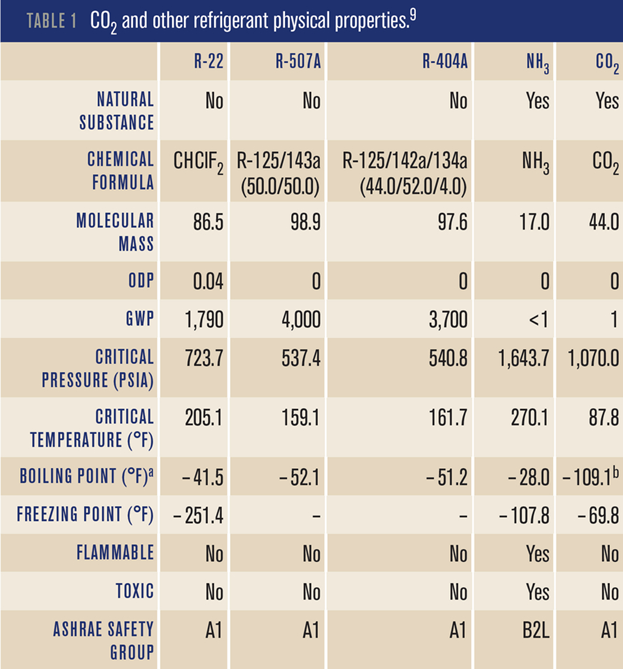Carbon dioxide (CO2) is an old refrigerant, first patented in the United Kingdom in 1850 by Alexander Twinning, where it was subsequently used in air-conditioning and marine applications. With the development of the CFC, HCFC, and HFC synthetic refrigerants beginning around 1930, CO2 decreased in popularity, all but disappearing by 1960. Over the next two decades or so, it was experimentally determined that CFC and HCFC refrigerants were depleting the earth’s upper atmospheric ozone layer at a rate that would likely cause its disappearance.
In response to these findings, many countries agreed to halt the production of these CFC and HCFC refrigerants within an appropriate time frame, allowing the ozone layer to replenish. This agreement is called the Montreal Protocol where its second and fourth amendments concern CFCs and HCFCs. At this same time, Lorentzen proposed CO2 as an alternative refrigerant for the CFC and HCFC refrigerants.

After CO2’s reintroduction, applications first appeared with mobile air conditioning and heat pump water heaters. Other applications soon followed, which include CO2 as a heat transfer fluid, low-temperature refrigerant in a cascade refrigeration system, or as the sole refrigerant. In North America, more than 150 supermarket transcritical and other CO2 systems are in operation, 6 and over 70 NH3-CO2 industrial subcritical cascade systems operating with many being planned.
Transcritical refrigeration cycles involve CO2 gas cooling (rather than condensation for heat rejection) at conditions above the refrigerant’s critical point where the refrigerant is called a “supercritical fluid” and behaves as a dense gas. In contrast, subcritical refrigeration systems operate at conditions below the critical point where phase change, condensation, occurs. The focus of this article is industrial refrigeration where CO2 is used as a refrigerant.
CO2 is a naturally occurring substance because it is present in the earth’s atmosphere at a concentration of about 404 ppm (v/v). The other substances classified as natural refrigerants are ammonia, water, air, and hydrocarbons, all of which are naturally occurring.

| 出典: | eJARN |